On her journey to find her own path in the creative world , Ms. Do Thi Thanh Van chose a path that few people pay attention to - pursuing rustic ceramics.
From her passion for clay, traditional patterns and the desire to revive Van Son pottery village (An Nhon ward), she is rewriting the story about "the beauty of simplicity and sustainability".
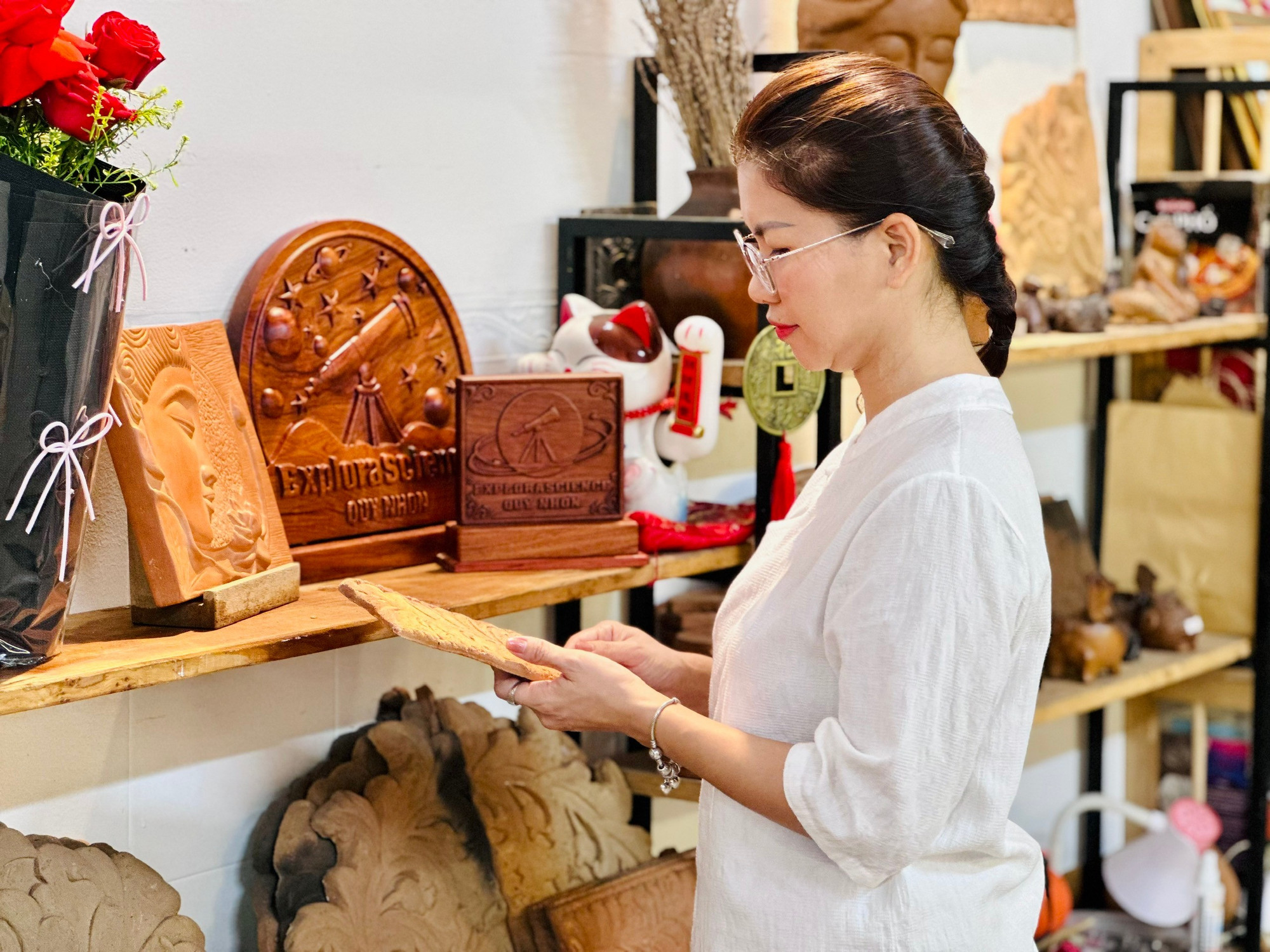
Before getting involved in pottery, she had been involved in interior design for more than 15 years. From the need to find materials that could be produced according to her own design, she came to Van Son pottery village - a long-standing craft village, now with only a few households still maintaining the craft.
“I realized there was a forgotten treasure there. The old craftsmen were still diligently making jars, pots, kettles, and basins - traditional products that require a lot of materials, have limited output, and are no longer able to attract young people,” she said.
It was this concern that prompted her to start her entrepreneurial journey with pottery - a start that was not easy. When she brought new designs to convince potters to cooperate, most of them refused.
“They are afraid of change because they are used to doing things the old way. But I understand that if they don’t try, the craft will stop at this generation. After a period of persuasion, now there are a few who are open to doing things my way,” said Ms. Van.
For her, pottery is not only a material of the earth, but also a way to practice the philosophy of "green entrepreneurship" - where people respect nature and create within sustainable limits.
Unlike other materials, ceramics return to their original state when they return to the earth. The products of her and Van Son artisans are not glazed or have any additives; they are all made from clay, by human hands - natural, safe and environmentally friendly.
That choice has helped Van Son Ceramics create its own position: becoming one of the few enterprises producing raw ceramic patterns for the construction sector, with products such as decorative tiles, architectural materials or unique, handcrafted interior details.
For Ms. Van, each ceramic product is not just an object, but also a piece of culture recreated through the hands of the craftsman. In particular, ancient Binh Dinh is the land of ceramics, Cham towers, and terracotta tiles. All carry the breath of the earth.
Closer to home, Van Son terracotta pottery has a porosity and a bright red color, reminiscent of the bricks of Canh Tien tower - a symbol of Cham architecture in the region. Therefore, although there is no authentic source, many people still believe that there is a connection between the two materials.

The more she learned, the more she fell in love with the rustic, pristine beauty of Van Son pottery - where each product carries the breath of earth, traces of fire and the beauty of randomness. From that passion, she sought to breathe more "contemporary soul" into each product, so that each work is not only beautiful but also tells its own story.
“In addition to the natural beauty brought by the firing process, I often design each product individually according to the event or theme. I see it as a way for Van Son pottery to tell its own story,” Ms. Van shared.
This method helps Van Son pottery to maintain its traditional beauty while meeting modern needs - durable, minimalist and highly applicable in architecture. For Ms. Van, it is not only a direction for product development, but also a way to preserve the craft with the creative language of the times.
Just as the Japanese find beauty in simplicity through the philosophy of Wabi-Sabi, Ms. Van's Van Son pottery also carries that spirit - raw, unique and natural. Each product is a blend of aesthetic philosophy and the breath of modern life.
Currently, Van Son Ceramics products are mainly introduced through fairs, exhibitions, construction industry conferences and on online channels such as Shopee, TikTok or livestreams telling stories about craft villages. Some construction companies have started ordering decorative ceramic tiles for their projects.
However, Ms. Van said: "The most difficult thing is how to make the architect understand and apply this rustic soul in the overall space."
More than just a production facility, she hopes Van Son Pottery will become a bridge connecting the old craft and today's life. She also hopes that the local government will support the establishment of a cooperative in the craft village to gather artisans, create a common voice and turn Van Son Pottery into a cultural and tourist destination in the future.
For Ms. Van, the future of the craft village lies not only in the kilns, but in the way each product is told as a vivid cultural story.
Source: https://baogialai.com.vn/do-thi-thanh-van-va-hanh-trinh-thoi-hon-moi-vao-gom-van-son-post570199.html



![[Photo] Closing of the 14th Conference of the 13th Party Central Committee](https://vphoto.vietnam.vn/thumb/1200x675/vietnam/resource/IMAGE/2025/11/06/1762404919012_a1-bnd-5975-5183-jpg.webp)
![[Photo] Prime Minister Pham Minh Chinh receives the delegation of the Semiconductor Manufacturing International (SEMI)](https://vphoto.vietnam.vn/thumb/1200x675/vietnam/resource/IMAGE/2025/11/06/1762434628831_dsc-0219-jpg.webp)







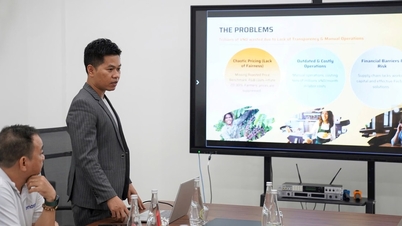










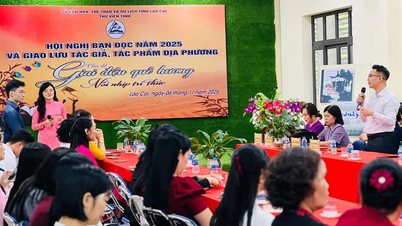



















































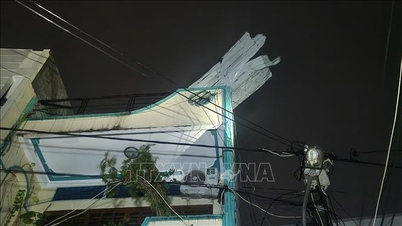










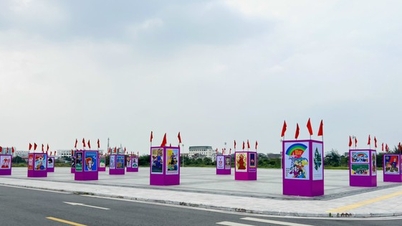






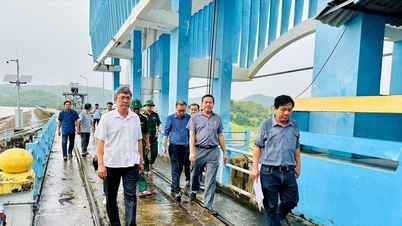























Comment (0)